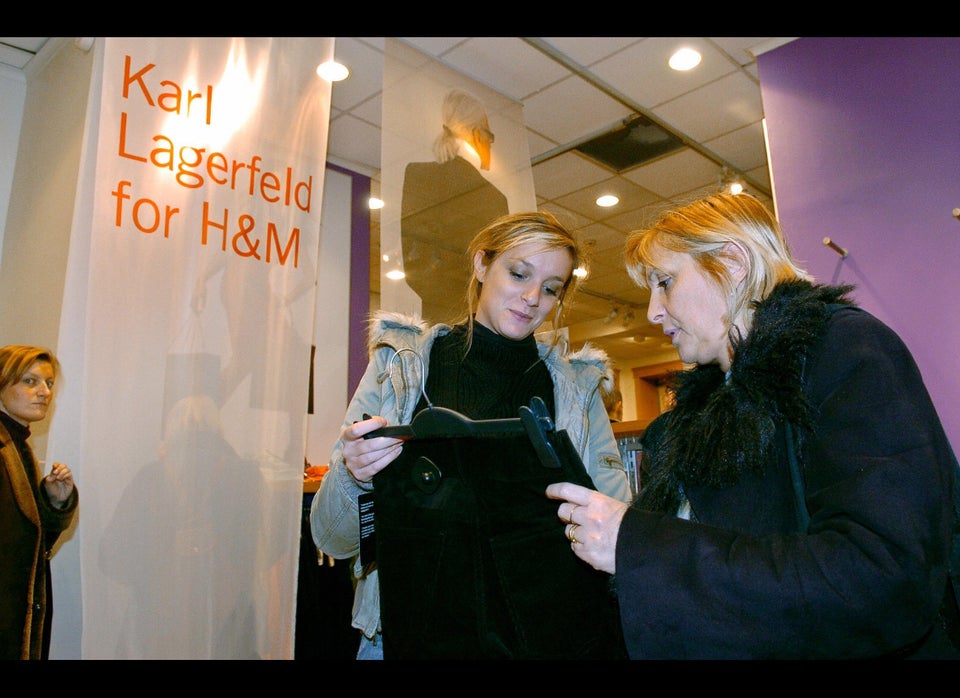
Elizabeth Cline, author of Overdressed: The Shockingly High Cost Of Cheap Fashion, once described buying a pair of shoes at Kmart like this: "I remember that the shoes just smelled toxic, like there were fumes coming off of them. That made me wonder what the environmental impact of what I was doing was."
The same thing once happened to us at Zara, where we picked up a cute skirt then immediately put it down after getting a whiff of its chemical-y smell. What is the fast fashion we love actually made of?
Some really bad stuff, it turns out. Greenpeace has released a new report today, "Toxic Threads: The Big Fashion Stitch-Up," that investigates the prevalence of toxic chemicals in popular, low-priced clothing brands. Part of Greenpeace's Detox Campaign, the report reveals the link between two unfortunate realities: textile manufacturing facilities using hazardous chemicals and the presence of those chemicals in the products of those facilities.
"Many chemicals that are used in the dying and processing of fabrics can become hormone disrupting and even cancer causing when they break down in nature," said Greenpeace's Media Officer, Myriam Fallon, and those chemicals are being dumped into rivers right near the factories. So Greenpeace tested 141 clothing items from 20 major brands, including Zara, Levi’s, Mango, Calvin Klein and H&M, looking for evidence of phthalates, nonylphenol ethoxylates (NPEs) and azo dyes, which can break down into cancer-causing amines.
The result? “We found that 20 of the world’s favorite brands are making and selling clothes containing hazardous chemicals which contribute to toxic water pollution where the clothes are made and washed,” said Greenpeace Toxics Campaigner John Deans. According to “Toxic Threads: The Big Fashion Stitch-Up,” four garments contained high levels of toxic phthalates, 89 garments contained NPEs and two items, both from Zara, contained cancer-causing amines from the use of azo dyes.
In short, our spidey senses were right on target.
So Greenpeace is doing something about it: since 2011, the Detox Campaign has been challenging major corporations like H&M, Nike and Adidas to phase toxic chemicals from their manufacturing processes and products by 2020 (7 of which have committed to doing so). With this new report, Greenpeace is pressuring even more companies, like Zara, to do the same. (We've reached out to Zara for comment.)
Greenpeace is also calling on consumers to pitch in. Given the new findings, would you stop shopping at your favorite fast fashion outposts? Let us know your thoughts in the comments and read the full "Toxic Threads: The Big Fashion Stitch-Up" here.
UPDATE, 11/29/2012: Nine days after Greenpeace released its report, Zara has committed to "detox." Greenpeace tells us that Zara has promised to go toxic free by 2020 starting next year, eliminating all releases of hazardous chemicals from its supply chain and products.
Here's what we mean by "fast fashion"...
